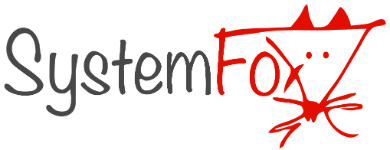In SAP, a BOM (Bill of Materials) is a structured list of components, parts, and assemblies required to produce a finished product. The BOM serves as a central repository for defining the materials and components needed for production, and it plays a crucial role in manufacturing, production planning, and inventory management processes.
Key aspects of SAP BOMs include:
- Structured Hierarchy: BOMs are organized in a hierarchical structure, with parent items representing finished products or assemblies and child items representing components, subassemblies, or raw materials required to produce the parent item.
- Multi-level BOMs: BOMs can have multiple levels, with each level representing a different level of assembly or production. Multi-level BOMs allow for complex products to be broken down into smaller, more manageable components and subassemblies.
- Component Information: Each component in the BOM is defined with specific information, such as material number, quantity, unit of measure, description, and other attributes. This information helps identify and procure the required materials for production.
- Variant Configuration: SAP allows for variant configuration in BOMs, where different configurations of a product can be defined based on customer requirements, options, or variants. Variant BOMs enable flexible manufacturing and customization of products to meet diverse customer needs.
- Engineering Change Management: SAP BOMs support engineering change management processes, allowing for the creation, revision, and tracking of changes to BOMs over time. This ensures that BOMs are always up-to-date and accurately reflect the current production requirements.
- Integration: BOMs are integrated with other SAP modules and processes, such as Materials Management (MM), Production Planning (PP), Sales and Distribution (SD), and Plant Maintenance (PM), to support end-to-end business processes. For example, BOM data is used in procurement, production planning, inventory management, and sales order processing.
- Reporting and Analysis: SAP provides reporting and analysis tools to analyze BOM data, such as BOM explosion (where all components of a BOM are displayed) and BOM comparison (to compare different versions of a BOM). These tools help optimize production processes, identify cost savings opportunities, and ensure product quality and consistency.
Overall, SAP BOMs are essential for manufacturing organizations to plan, execute, and control production processes effectively. By defining the structure and components required for production, BOMs help streamline manufacturing operations, optimize resource utilization, and ensure product quality and consistency.
